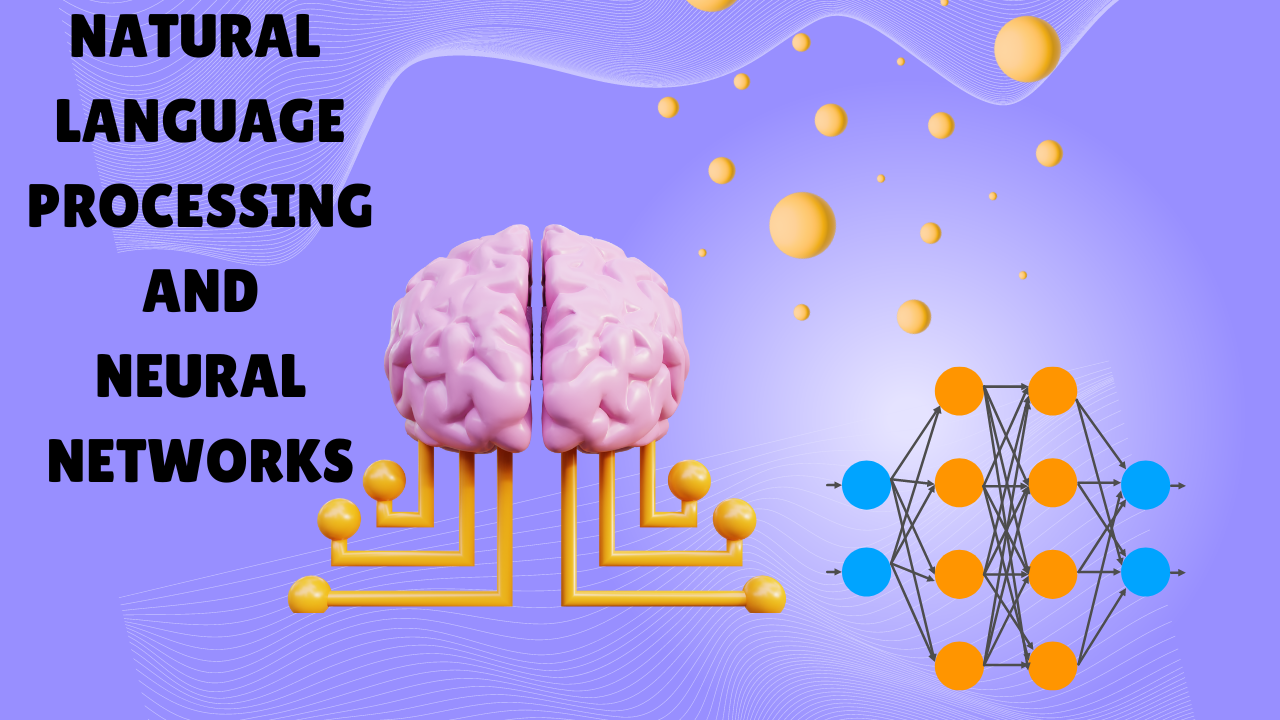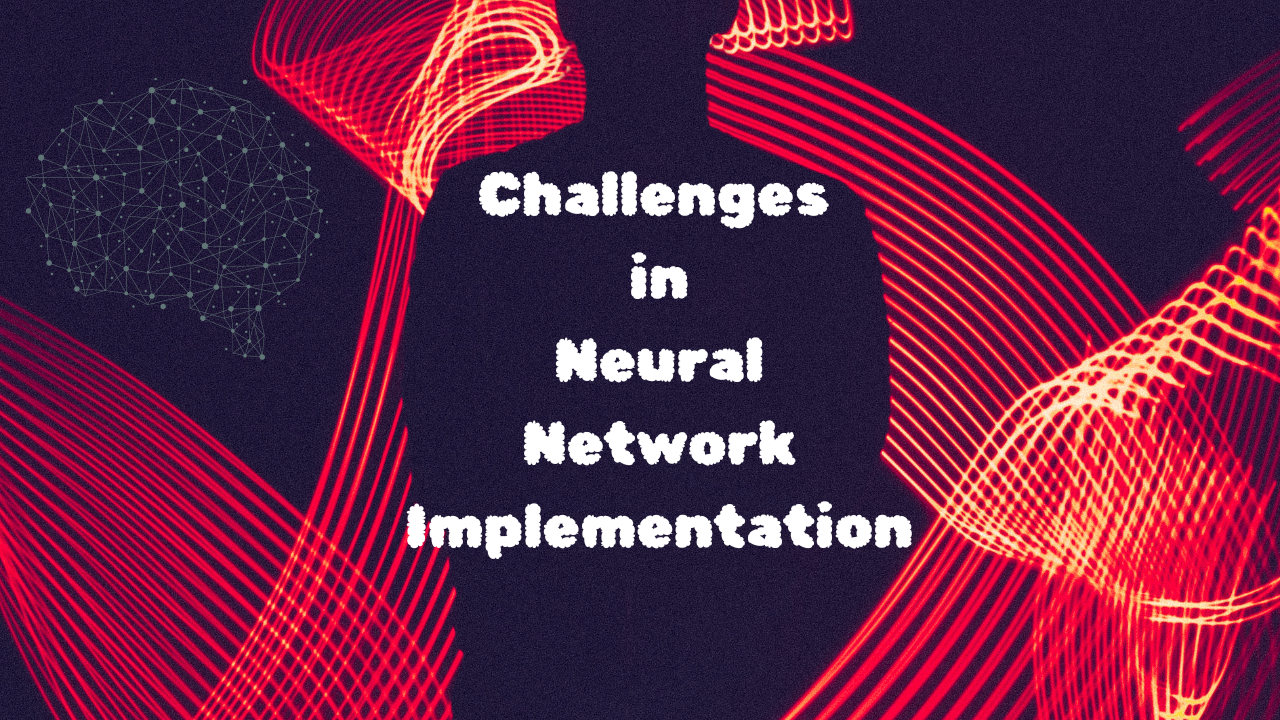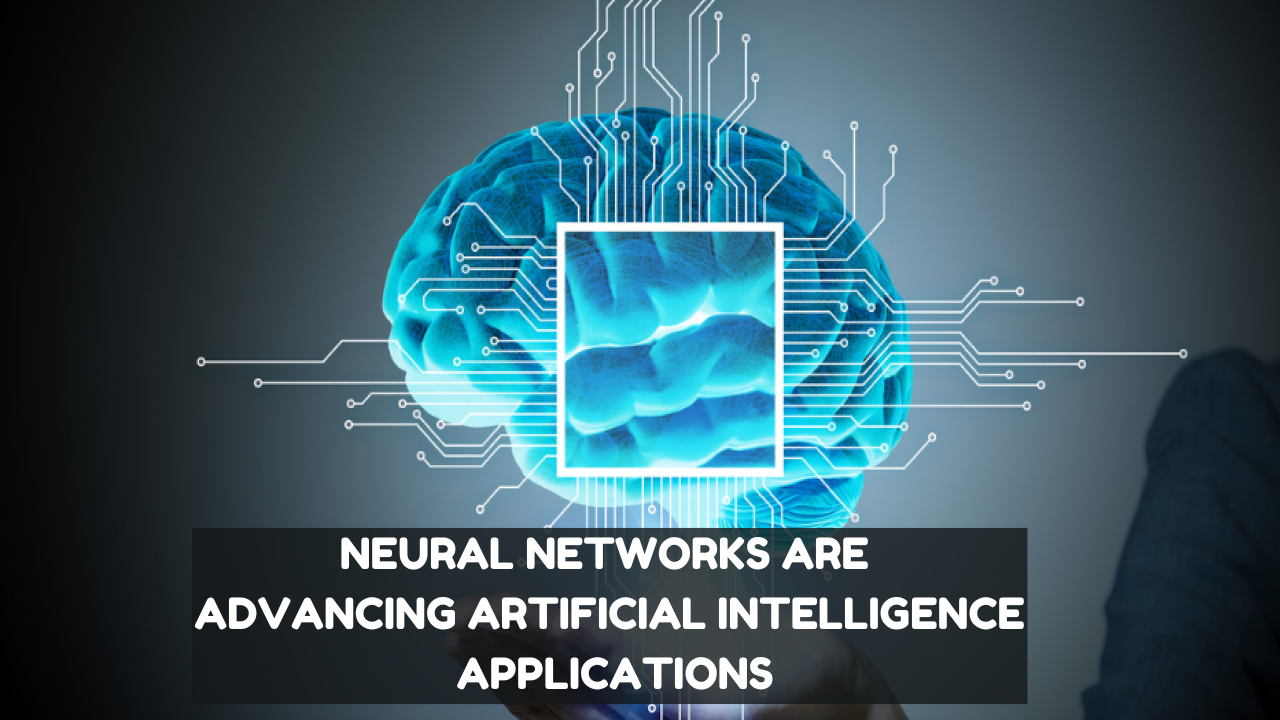Artificial intelligence (AI) has made remarkable strides in recent years. The heart of many AI applications is a powerful technology called neural networks(NNs). These computational models, inspired by the structure and function of the human brain, have revolutionized the way machines learn, process, and analyze data. From self-driving cars to natural language processing, neural networks are pushing the boundaries of what AI can achieve. In this article, we will explore how neural networks work and their role in advancing various AI applications.
What Are Neural Networks?
Neural networks are a subset of machine learning and are modeled after the neurons in the human brain. Just like the brain, a neural network consists of interconnected nodes (or neurons) that work together to process information. These nodes are organized in layers:
- Input layer: Receives the data to be processed.
- Hidden layers: Perform complex computations on the data.
- Output layer: Produces the final result or prediction based on the processed information.
NNs “learn” by adjusting the connections (or weights) between the neurons during the training process. This learning is based on error correction. Where the system updates its parameters to minimize the difference between its predictions and the actual results.
Types of NNs
There are several types of NNs, each suited for different AI applications:
- Feedforward Neural Networks (FNNs): The simplest type, where information flows in one direction from input to output. FNNs are used for tasks such as image classification and speech recognition.
- Convolutional Neural Networks (CNNs): Particularly effective for image and video processing. CNNs use a series of filters to detect patterns in data, making them ideal for computer vision tasks like facial recognition.
- Recurrent Neural Networks (RNNs): Unlike FNNs, RNNs have connections that loop back, allowing them to maintain a memory of previous inputs. This makes them powerful for tasks involving sequential data, such as natural language processing and time-series forecasting.
- Generative Adversarial Networks (GANs): GANs consist of two networks—a generator and a discriminator—that compete with each other to create realistic data. They are used in applications like image generation, deepfake creation, and enhancing the quality of visual content.
Neural Networks in Image Recognition
One of the most visible applications of NNs is in image recognition and computer vision. Convolutional Neural Networks (CNNs) have played a major role in this field. It enables machines to classify and interpret images with unprecedented accuracy. From identifying objects in photos to diagnosing medical conditions from X-rays, CNNs are at the forefront of transforming industries.
- Healthcare: CNNs are being used to detect tumors, analyze medical images, and even predict disease outbreaks. Their ability to process complex visual data has helped doctors make quicker and more accurate diagnoses.
- Autonomous Vehicles: Self-driving cars rely on NNs to process visual data from cameras and sensors. These networks allow the vehicle to “see” its surroundings, detect obstacles, and make decisions in real-time to ensure safe navigation.
Natural Language Processing and Neural Networks
Natural Language Processing (NLP) is another area where NNs have made significant contributions. Recurrent Neural Networks (RNNs) and their more advanced version, Long Short-Term Memory (LSTM) networks, are widely used to process and generate human language.
- Speech Recognition: RNNs and LSTMs power voice assistants like Siri, Alexa, and Google Assistant by converting spoken language into text and understanding user commands.
- Language Translation: NNs have dramatically improved machine translation systems, such as Google Translate, making translations more accurate and nuanced. These systems can now handle the complexities of idiomatic expressions, slang, and contextual meanings.
- Chatbots: AI-driven chatbots use NNs to understand user queries and provide relevant responses, enhancing customer support for businesses across various sectors.
Neural Networks and Personalization
NNs are integral to personalization systems that provide tailored recommendations based on user behavior and preferences. This is particularly evident in industries like e-commerce, streaming services, and social media.
- E-commerce: Platforms like Amazon use NNs to analyze browsing history, purchase patterns, and customer reviews to recommend products that users are likely to buy.
- Streaming Services: Netflix and Spotify use AI algorithms powered by NNs to suggest movies, TV shows, and music based on the user’s viewing or listening habits.
- Social Media: Platforms like Facebook and Instagram use NNs to curate personalized content for users, showing posts, ads, and recommendations that align with their interests.
Autonomous Systems and Neural Networks
The rise of autonomous systems, from drones to robots, owes much to advancements in NNs. These systems rely on AI to make decisions in real time without human intervention, and neural networks enable them to process the vast amounts of sensory data needed for smooth operation.
- Drones: Drones equipped with NNs can navigate through complex environments, avoid obstacles, and carry out tasks like surveying and delivery with minimal human input.
- Robotics: Industrial robots, powered by NNs, are becoming more efficient and flexible, allowing them to perform a wider range of tasks, from assembly to inspection, in manufacturing settings.
Deep Learning and Big Data
NNs are a critical component of deep learning, which refers to networks with many layers. Deep learning excels at tasks involving massive datasets, and it has found applications in fields ranging from healthcare to finance.
- Healthcare: Deep learning models are used to analyze big data, such as genomic information, to identify patterns related to diseases, drug discovery, and personalized medicine.
- Finance: Neural networks process vast amounts of financial data, helping institutions with fraud detection, algorithmic trading, and risk management.
Challenges in Neural Network Implementation
While neural networks have immense potential, there are also challenges in their implementation:
- Data requirements: Neural networks require large datasets for training, which can be difficult to obtain, particularly for specialized applications.
- Computational power: Training deep neural networks requires significant computational resources, such as GPUs and cloud computing platforms.
- Interpretability: Neural networks are often described as “black boxes” because it can be difficult to understand. They arrive at a particular decision, raising concerns in areas like healthcare and finance where transparency is crucial.
- Bias: If the data used to train neural networks is biased, the model may produce biased outcomes. This is a key concern, especially in areas like hiring, law enforcement, and lending. Where AI decisions can have far-reaching implications.
The Future of Neural Networks and AI
As NNs continue to evolve, their impact on AI applications will only grow. Emerging trends like neural architecture search (NAS), which automates the design of NNs, promise to make AI more accessible and efficient. Furthermore, the combination of neural networks with other technologies. Such as quantum computing, could lead to breakthroughs in fields that require enormous computational power.
In the future, we can expect neural networks to drive innovations in areas like autonomous transportation, personalized healthcare, and intelligent automation. Their ability to learn from and adapt to new information will make them indispensable tools for solving some of the world’s most complex problems.
Neural Networks and Personalization in Consumer Tech
One of the most exciting applications of NNs is in consumer technology, especially in delivering personalized user experiences. Companies like Netflix, Amazon, and Spotify rely on neural networks to analyze user behavior and preferences to offer personalized recommendations. These systems can understand a user’s habits, preferences, and search history, making suggestions. That feels more intuitive and cater to individual tastes. In e-commerce, for instance, personalized product recommendations based on past browsing or purchase behavior can significantly increase sales. Similarly, in streaming platforms, neural networks help users discover content. They might not have found otherwise, enhancing user engagement and satisfaction.
This level of personalization extends beyond recommendations. Voice assistants like Siri, Alexa, and Google Assistant use NNs for speech recognition and language understanding, allowing them to respond in ways that feel more human-like and contextualized to the user’s unique needs. As AI continues to improve, NNs will make these interactions even more seamless, further embedding themselves into everyday life.
NNs in Natural Language Processing (NLP)
NNs play a critical role in advancing Natural Language Processing (NLP), enabling machines to understand, interpret, and generate human language more effectively. NLP models, powered by NNs, are used in various applications such as machine translation, sentiment analysis, and chatbots. For instance, Recurrent Neural Networks (RNNs) and Long Short-Term Memory (LSTM) models are employed to handle sequential data like text and speech, making it possible for machines to grasp the context of language.
In customer service, for example, AI-driven chatbots have become increasingly sophisticated, thanks to NNs, allowing them to respond more accurately to inquiries, resolve issues, and offer solutions in real-time. Machine translation tools like Google Translate also benefit from NNs, improving their ability to translate languages with greater accuracy and context sensitivity. These advancements in NLP are particularly important as businesses look to offer globalized services and communicate with diverse audiences more efficiently.
Quantum Computing and Neural Architecture Search
Looking ahead, neural networks are expected to evolve even further with the advent of new technologies like quantum computing and Neural Architecture Search (NAS). Quantum computing has the potential to significantly enhance the capabilities of neural networks by processing complex computations much faster than classical computers. This leap in computational power could open doors to new applications in fields like cryptography, drug discovery, and materials science.
Neural Architecture Search (NAS) is another area gaining traction, as it automates the process of designing neural networks. Traditionally, creating neural networks required human expertise to fine-tune the architecture. NAS allows machines to generate and optimize their own network architectures, accelerating innovation and reducing time. It takes to deploy AI models in real-world applications.
With these advancements, the future of NNs looks promising, offering endless possibilities for innovation across various sectors. While overcoming some of the limitations and challenges they face today.
Conclusion
Neural networks have transformed artificial intelligence, enabling machines to process data, recognize patterns, and make decisions in ways. That was once thought impossible. From image recognition and natural language processing to autonomous systems and personalization, NNs are the backbone of many cutting-edge AI applications. As technology continues to advance, NNs will play an even greater role in shaping the future of AI, offering solutions to challenges across industries.
FAQs
What is a neural network in artificial intelligence?
A neural network is a machine-learning model inspired by the structure of the human brain. It consists of interconnected nodes (neurons) that process data in layers—input, hidden, and output layers. Neural networks are used to identify patterns and learn from data, improving their accuracy over time.
How do neural networks work?
NNs learn by adjusting the connections (weights) between neurons. During training, the network compares its output with the actual result, calculating errors, and updating the weights to reduce these errors over time. This process, known as backpropagation, allows the network to improve performance.
What are some common types of neural networks?
- Feedforward Neural Networks (FNNs): Data flows in one direction from input to output.
- Convolutional Neural Networks (CNNs): Used for image and video recognition.
- Recurrent Neural Networks (RNNs): Designed for processing sequential data like text or time series.
- Generative Adversarial Networks (GANs): Used for generating realistic data like images or videos.
What are neural networks used for?
Neural networks power a wide range of applications, including image recognition, speech recognition, natural language processing, personalized recommendations, autonomous vehicles, and robotics.
How are NNs used in natural language processing (NLP)?
NNs, particularly Recurrent Neural Networks (RNNs) and Long Short-Term Memory (LSTM) models are used in NLP for tasks like language translation, speech recognition, sentiment analysis, and chatbots.
